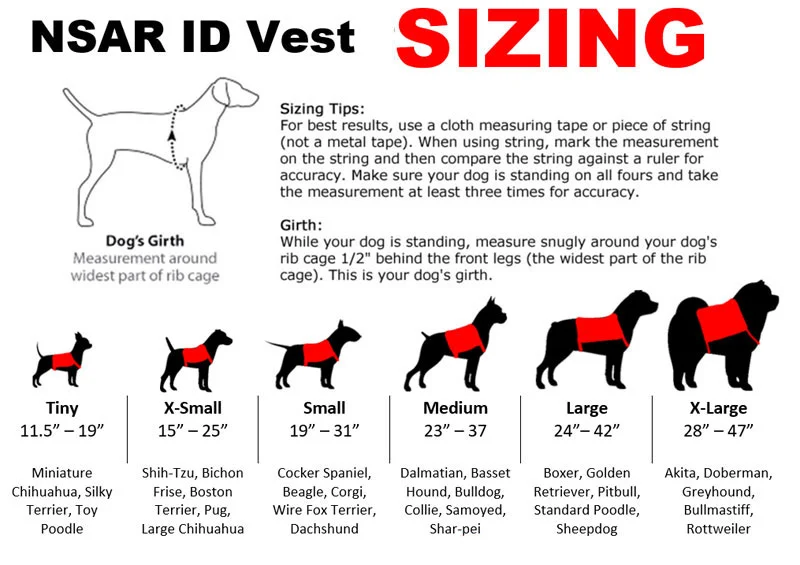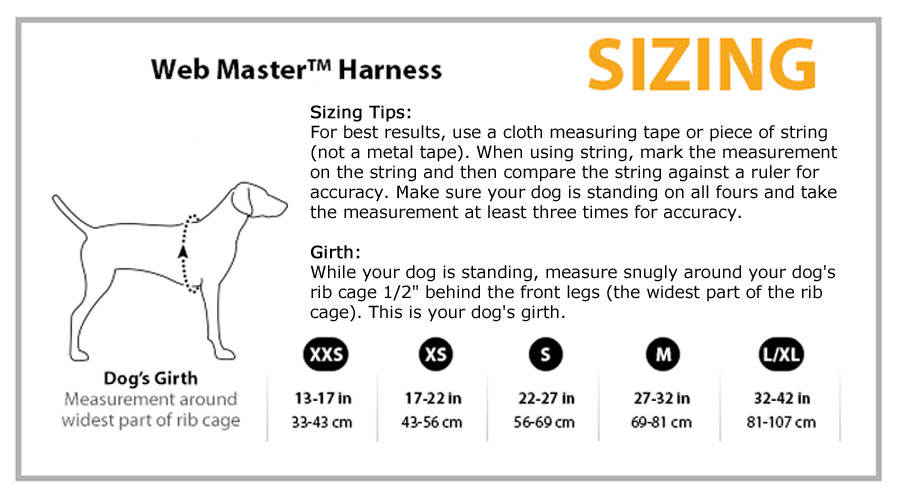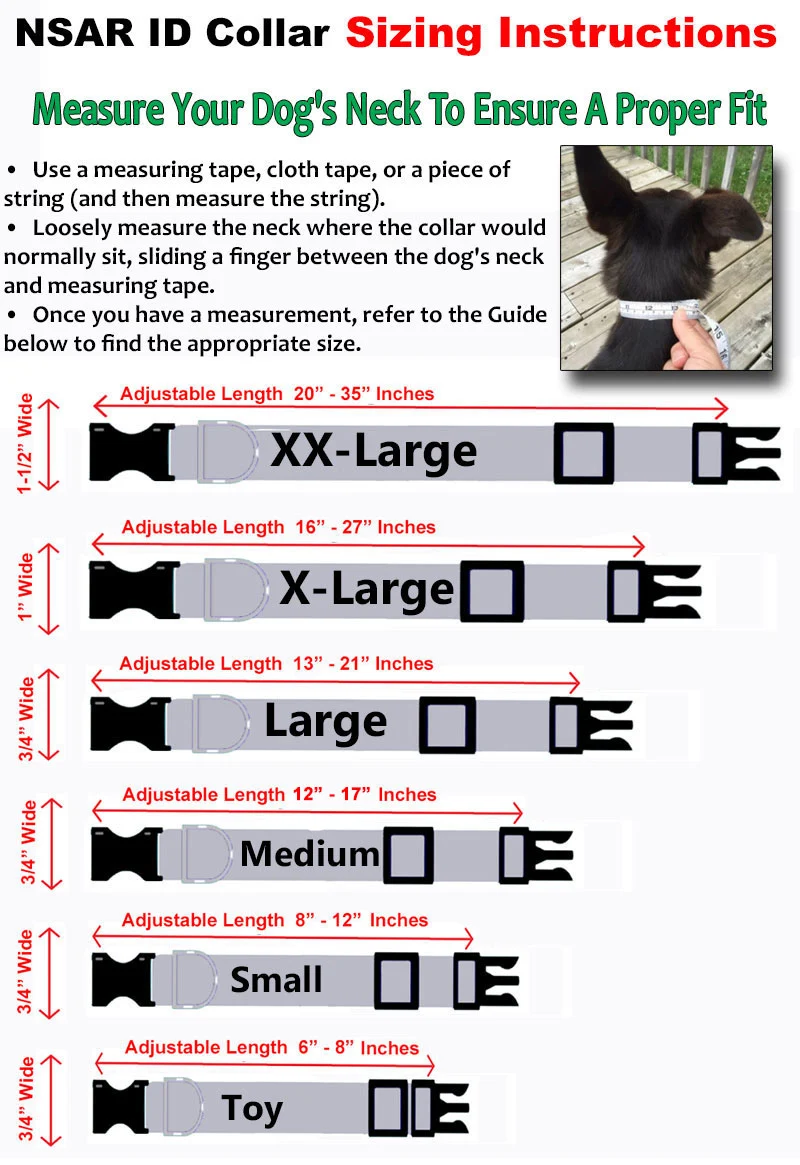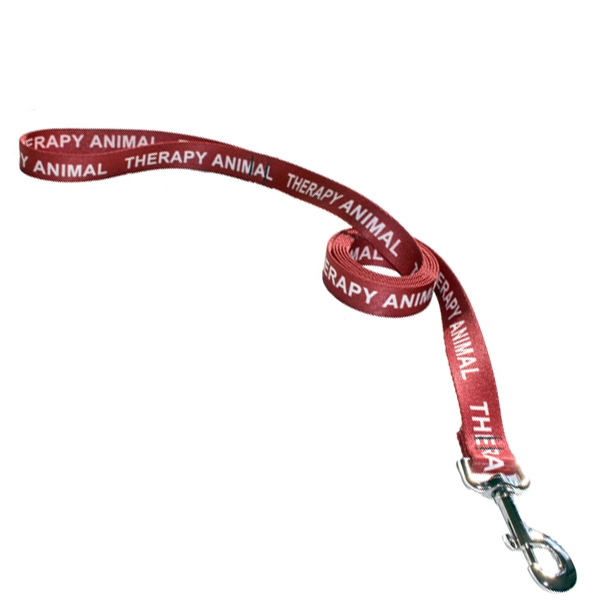
Living with schizophrenia can be a challenging journey, marked by a myriad of symptoms that affect one’s perception of reality. In recent years, the therapeutic role of Emotional Support Animals (ESAs) has gained recognition as a potential avenue for alleviating the symptoms experienced by individuals with schizophrenia. This article explores the profound impact of ESAs, delving into the unique contributions of various domestic animals, societal perceptions, legal considerations, and practical challenges. Additionally, we’ll provide practical guidelines for overcoming these challenges, fostering a comprehensive understanding of the role of ESAs in promoting stability for individuals with schizophrenia.
Emotional Support Animals: The Power of Companionship
One of the primary ways Emotional Support Animals benefit individuals with schizophrenia is through companionship. Dogs, known for their loyalty and intuitive nature, can provide a constant source of support and comfort. Cats, with their independent yet affectionate demeanor, offer a soothing presence. Rabbits, reptiles, and birds also contribute unique qualities, fostering a sense of companionship that can significantly alleviate feelings of isolation and loneliness.
Distraction as a Therapeutic Tool
Emotional Support Animals serve as natural distractions from the overwhelming symptoms of schizophrenia. Engaging with these animals provides a healthy diversion, redirecting attention away from distressing thoughts or hallucinations. Dogs, for example, require regular walks and playtime, encouraging physical activity that promotes overall well-being. The presence of a playful cat or the rhythmic movements of a reptile can offer a calming focus, allowing individuals with schizophrenia to find solace in the present moment.
ESAs: Exploring the Spectrum of Domestic Animals
Each type of domestic animal brings its own set of unique characteristics to the table. Dogs offer unwavering loyalty and a strong sense of protection, while cats bring a calming presence with their gentle purrs. Rabbits provide a soft and comforting touch, reptiles offer serene companionship, and birds bring the joy of song. Understanding the distinct qualities of each type allows for a personalized approach to Emotional Support Animal selection, catering to the specific needs and preferences of individuals with schizophrenia.
Impact on the Broader Community
The positive influence of Emotional Support Animals extends beyond individuals with schizophrenia to encompass their broader community, including family members, friends, and caregivers. The presence of an Emotional Support Animal can enhance the overall quality of life for everyone involved. Family members may experience reduced stress levels, friends may witness an improvement in social interactions, and caregivers may find their responsibilities eased by the supportive role of these animals.

Addressing Societal Perception and Legal Considerations
Despite the potential benefits, societal perceptions and legal considerations pose challenges for individuals with schizophrenia seeking to adopt an Emotional Support Animal. Misunderstandings about the role of Emotional Support Animals, along with legal restrictions, can hinder the process. This section explores the need for awareness initiatives to dispel misconceptions and advocates for potential policy changes that accommodate the therapeutic role of Emotional Support Animals in the lives of individuals with schizophrenia.
Practical Guidelines for Overcoming Challenges
Overcoming challenges related to Emotional Support Animals involves a multi-faceted approach. First, public awareness initiatives can educate communities about the legitimate role of Emotional Support Animals in mental health treatment. Simultaneously, advocating for policy changes to protect the rights of individuals with schizophrenia and their Emotional Support Animals is crucial. Additionally, providing advice for individuals considering an Emotional Support Animal, including guidance on selecting the right type of animal and understanding legal requirements, empowers them to navigate the process with confidence.
Collaborative Efforts for Stability
To realize the full potential of Emotional Support Animals in promoting stability for individuals with schizophrenia, collaboration between mental health professionals and institutions is essential. Integrating Emotional Support Animal support into mental health treatment plans, educating healthcare providers about the therapeutic benefits, and fostering partnerships with animal-assisted therapy programs can create a holistic approach to mental health care.
Conclusion
In conclusion, the presence of Emotional Support Animals holds immense promise in alleviating the symptoms experienced by individuals with schizophrenia. By focusing on companionship, distraction, and various other factors, Emotional Support Animals contribute significantly to the well-being of those facing the challenges of schizophrenia. Exploring a broad range of domestic animals, addressing societal perceptions, legal considerations, and practical difficulties, and providing practical guidelines fosters a comprehensive understanding of the healing potential of Emotional Support Animals. With collaborative efforts and a shift in awareness, Emotional Support Animals can play a pivotal role in promoting stability and enhancing the overall quality of life for individuals with schizophrenia and their broader communities.
Protect your mental health and exercise your legal rights by making your animal an Emotional Support Animal Today.
Brought to you by National Service Animal Registry. Learn more about us and how to qualify your pet as a service dog, emotional support animal (ESA), or therapy animal, TODAY!

























